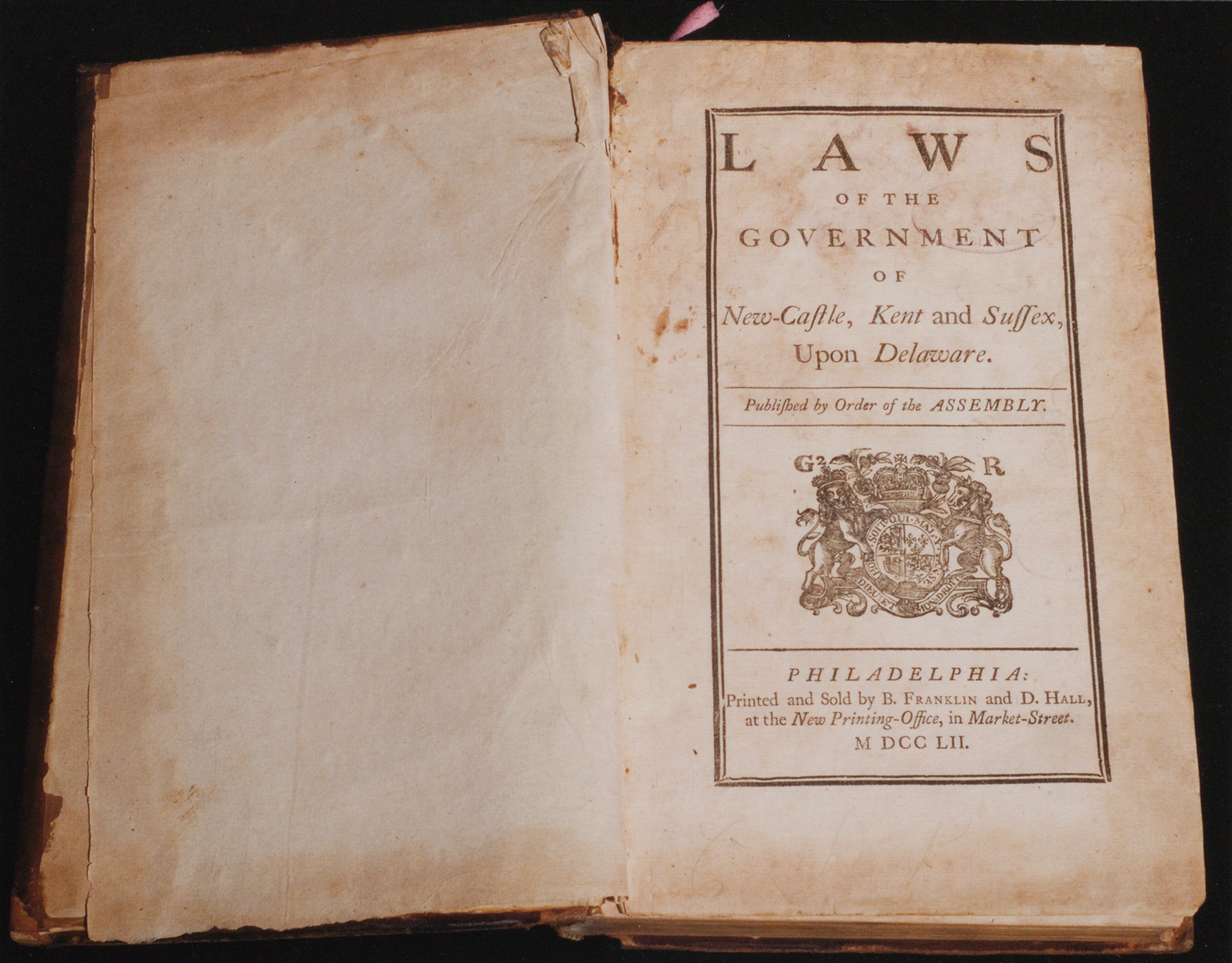Book Collecting
 People often have questions about their old and (possibly) rare books. Is my book rare and valuable, or just old? If it is valuable, what makes it valuable? How can I determine the condition of my book? These are common-apparently simple-questions that often have complex answers. While the State Library does not offer appraisal services we can help you find the resources to guide you!
People often have questions about their old and (possibly) rare books. Is my book rare and valuable, or just old? If it is valuable, what makes it valuable? How can I determine the condition of my book? These are common-apparently simple-questions that often have complex answers. While the State Library does not offer appraisal services we can help you find the resources to guide you!
This brief guide is designed to help you evaluate and describe old and rare books.
A great place to start is
Rare Books for Beginners. This web resource provides information about what makes a book rare, how to care for and properly store such books, and, advice on the purchase and sale of rare books.
You can also check the
ABE Books Guide to Book Collectingwhich discusses the basics of book collecting as well as specific genres and types of materials to collect.
Describing an Old Book
There are at least eight facts a book dealer needs to know about your book:
- Author (last name first)
- Title of the Book
- Place of Publication (Items 3, 4 & 5 may be on the title page or reverse of title page.)
- Publisher
- Date of Publication
- Size (height of book)
- Kind of Binding (cloth, leather, etc.)
- Condition of Book (see list of industry standards below)
Industry Standards Used In Description
It is important to both collectors and dealers that you accurately describe your book’s condition using industry standards.
As New - is to be used only when the book is in the same immaculate condition in which it was published. There can be no defects, no missing pages, no library stamps, etc., and the dust jacket (if issued with one) must be perfect, without any tears. (The term
As New is preferred over the alternative term Mint to describe a copy that is perfect in every respect, including jacket.)
- Fine - approaches the condition of
As New, but without being crisp. For the use of the term
Fine there must also be no defects, etc. If the jacket has a small tear or looks worn, this must be noted.
- Very Good - can describe a used book that does show some small signs of wear—but no tears—on either binding or paper. Any defects must be noted.
- Good - describes the average used and worn book that has all pages or leaves present. Any defects must be noted.
- Fair - is a worn book that has complete text pages, including those with maps or plates, but may lack endpapers, half title, etc., which must be noted. Binding, jacket (if any), etc. may also be worn. All defects must be noted.
- Poor - describes a book that is sufficiently worn that its only merit is as a
Reading Copy because it does have the complete text, which must be legible. Any missing maps or plates should still be noted. This copy may be soiled, scuffed, stained or spotted, and may have loose joints, hinges, pages, etc.
- Ex-library - copies must always be designated as such, no matter what the condition of the book.
- Book Club - editions must always be noted as such, no matter what the condition of the book.
- Binding Copy - describes a book in which the pages or leaves are perfect, but the binding is very bad, loose, off, or non-existent.
- Dust jacket - in all cases, the lack of a dust jacket should be noted if the book was issued with one. If the book has a
dust jacket, save it. Even if torn, the book’s value is enhanced by it.
- Foxed or Foxing - refers to brown spots on (actually in) a book's paper.
- Uncut Edges - means that the edges of a book are untrimmed by machinery; and
Unopened means that the untrimmed edges have not been opened by hand.
- Autographed - If a book has been signed by the author, it is important to note this.
- Repaired - Describe what has been repaired.
An example of a description prepared using industry standards:
Scott, Joseph. A Geographical Description of Pennsylvania, Philadelphia, Cochran, 1806. 5 1/2 inches, leather, Good, with original dust jacket.